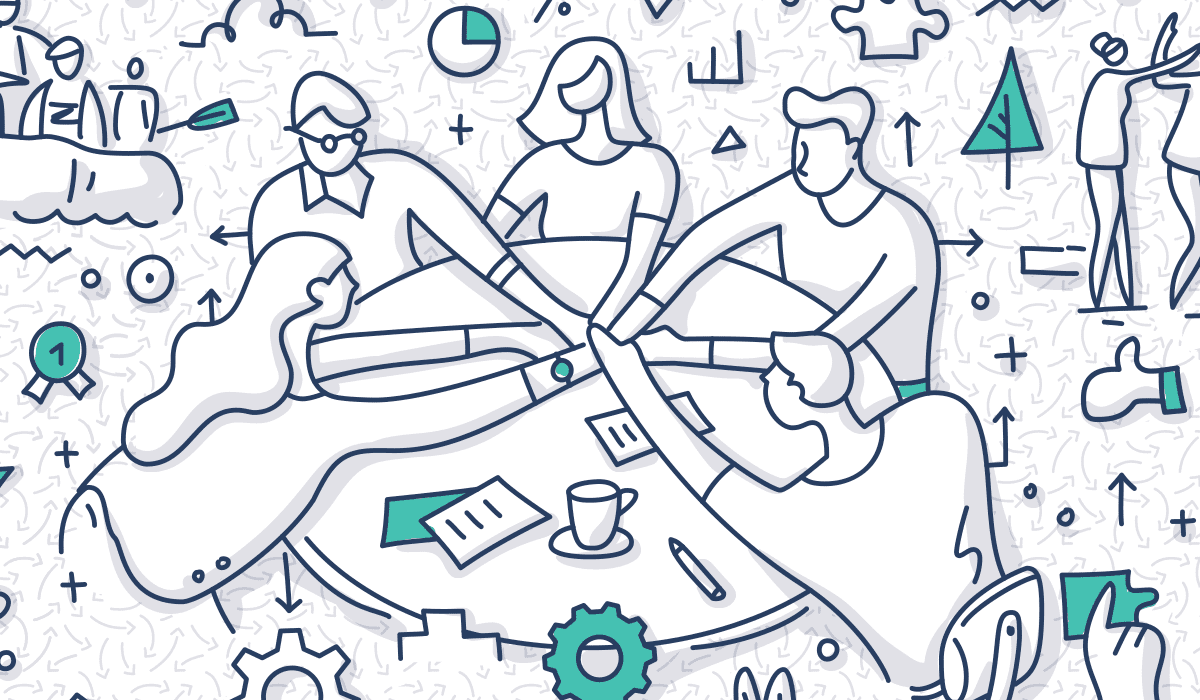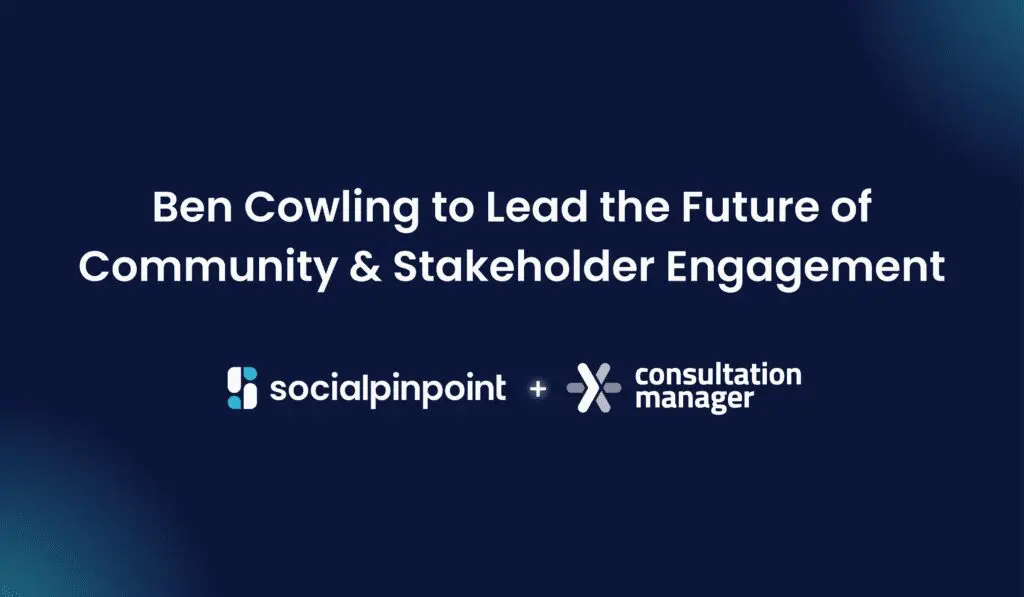Building community consensus goes hand in hand with increasing your social capital and your overall social license. However, more and more organizations are discovering that social license to operate is becoming more important to obtain and harder to gain.
Social license is an informal license granted to an organization by the stakeholders who may be affected by its activities. Given that it’s based on trust and confidence, it can be hard to win and easy to lose.
In recent times, an increasing amount of major projects are being challenged on the basis that First Nations Peoples’ concerns have not been adequately addressed, and that free, prior, and informed consent has not been obtained.
It has even been revealed that community opposition has contributed to the delay or cancellation of more than $30 billion worth of infrastructure projects nationally in the decade to 2017. The proportion of which stakeholder pressure has played a role in project delay also rose from 76 percent of instances in 2018 to 80 percent in 2020.
It’s essential that we build consensus throughout the community engagement process, especially when the project is new or controversial.
It’s becoming clear that community and stakeholder engagement can no longer be considered as an add-on to a decision-making process. Asking stakeholders about their concerns and listening is essential. Taking the time to build consensus doesn’t just reduce community opposition and help projects run more smoothly. It also helps you to deliver better outcomes for everyone impacted by your work.

So, what is community consensus?
Consensus is a cooperative process in which all group members develop and agree to support a decision in the best interest of the whole. The input of all participants needs to be considered so that every effort can be made to address all legitimate concerns. When we apply consensus building in the community engagement process, it’s also essential that all people who are impacted by an initiative are involved. Discussions need to be balanced with the diversity of participants so that no voices drown each other out.
It’s also important to remember that conformity and the consensus-building process are two different things.
Asking people to change their beliefs, attitudes, actions, or perceptions to comply or agree with your project won’t be effective. What we really want is for all community members to develop and agree to support a decision in the best interest of the whole. Discussions should move through several stages to ensure that the outcome achieved is representative and well thought out.
Our goal is to progressively build an understanding of all of the issues and perspectives involved in reaching a decision. We can do this by ensuring that every idea has been acknowledged, linking perspectives and issues together, and finding a common understanding.
While we have to approach our communities with a plan in mind, we shouldn’t think that we can develop the entire solution without them. First, we have to identify the real problem that we’re trying to solve and then bring the community on the journey toward solving it.
So, how do we achieve this in the dynamic community setting?
Here are three methods you can adopt to build community consensus effectively:
- Ensure that your project design is flexible.
- Give the community access to all of the information that they need to understand your project.
- Monitor the project’s alignment with the community’s objectives.
1. Ensure that your project design is flexible.
There is a difference between informing and engaging. Before you start inviting public participation, it’s important that your organization has established a clear understanding of its mission. Do you know how engaging with the community will help to achieve it, the boundaries of the engagement, and the non-negotiables? When your organization asks the right questions of itself, it can reach out to the community with a clear idea of the level of involvement it is truly trying to seek.
If your organization has already come up with a plan and is simply informing the community about it, then that needs to be articulated clearly. If there is a more meaningful scope for collaborative community engagement, then the parameters of the opportunity should also be communicated transparently.
While you do need to come to the community with a plan, there has to be enough flexibility in its design for the community’s feedback to be adopted meaningfully.

You should also engage as early as possible and break your project down into smaller iterations. There should be space for you to adapt to changes in the environment, community preferences, newly identified stakeholders, and potential synergies. It’s also important to forge productive partnerships with community, industry, and government bodies to boost your strategic capacity.
Approach the process with an open mind and a willingness to share control so that you can let the community’s local expertise shine. You should also think about how you could share and articulate the benefits of your project throughout the community.
2. Give the community access to all of the information that they need to understand your project.
You need to offer information about your project in a way that the community understands. It should be accessible and everyone should have an equal opportunity to learn about the project. That’s why it’s so important to promote your initiative across multiple channels and pool all of the required information together in an accessible online space.
When a project is controversial, it’s easy for misinformation to spread on social media quickly. While we can’t stop people from airing their opinions online, it is essential that you give people easy access to accurate information about your project.
You should dive into the facts, while also making the implications, impacts, trade-offs, and benefits clear. When you share announcements about new developments in your project, publish them on a central online engagement platform where the community can go to get the facts.
Providing accurate information about your project consistently is the best way that you can help your community understand your project and navigate the engagement process in a fair and informed way.

3. Monitor the project’s alignment with the community’s objectives.
As we embed a project within the community, it’s important to capture the community’s feedback and monitor our alignment. You can set up feedback mechanisms, such as online surveys and pulse checks that make it easy for the community to share its feedback along the way.
A stakeholder management platform (SRM) can also be used to consolidate the feedback and find trends in sentiment and the top issues raised. This helps you to remain responsive throughout the entire project lifecycle.
It’s also essential to think beyond the project and constantly monitor the on-the-ground impact of your initiative. What has been the lasting impact and legacy of your project? How will it impact future generations? How will it affect your ability to work with communities in the future? What opportunities have you created?
Building consensus is a balancing act.
Showcasing that you can balance a long-term vision with short-term needs will make it far easier for you to build community consensus in the future. However, you can only do that by involving the community and measuring the ongoing impact of your project.












